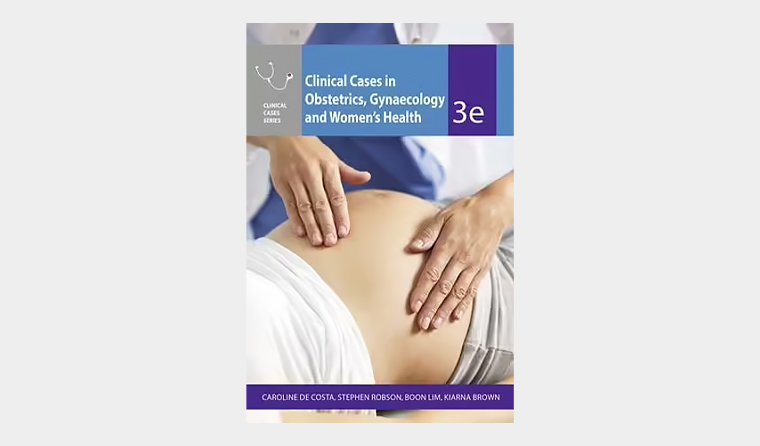
Authors: Caroline De Costa, Stephen Robson, Boon Lim, Kiarna Brown
Sydney, NSW: McGraw Hill Education (Australia), 2022
Paperback ISBN 9781743768174
The good physician treats the disease; the great physician treats the patient who has the disease.
– William Osler1
I have always considered myself a kinaesthetic learner. From the time of being ‘let loose on real patients’ in the clinical years of medical school until today, the act of assisting real-world people within their broader social and emotional environment has made practising medicine meaningful for me and many of my medical colleagues. For this reason, I have always found clinical case textbooks appealing, and this new edition from Dr De Costa and her colleagues is no exception.
Case- and problem-based learning, as opposed to traditional, didactic teaching, was first applied in medical education at McMaster University in the late 1960s and has since been widely applied.2 Case-based teaching is perceived by learners to be enjoyable and educationally enhancing3,4 and by medical educators to improve learner engagement and motivation.4 These principles are also applicable to written works – I have personally noticed that I am less likely to doze late at night if studying clinically formatted textbooks when compared with their traditional counterparts.
Dr De Costa and her colleagues have a long-established track record supporting general practitioners (GPs) in obstetrics and gynaecology training, and this is apparent in this text. Half of the 53 cases take place within the general practice setting, and those presented under other headings often represent scenarios directly applicable to general practice, both in the clinic and in the rural hospital. Each case follows clinically consistent progressions, allowing the reader to stop and check their own practice against the ideal. Information better presented as text is placed in boxes or ‘clinical comments’ along the path of the patient journey, and this information is always relevant to the case, comprehensive, succinct and up to date (eg there is an excellent passage regarding COVID-19). Each chapter is summarised well by sections titled ‘clinical pearls’ – highlighting and revisiting the key learning outcomes from the case.
Over 100 multiple-choice questions are also provided. These follow a multiple-choice single best answer format and expect a high standard of knowledge. I would expect that these would be suitable for preparation for the Royal Australian and New Zealand College of Obstetricians and Gynaecologists Advanced Diploma written exam.
While traditionally structured textbooks certainly have their place in medical education, case studies allow authors to address clinical, psychological, social, medicolegal and professional topics pragmatically – as is the case with this text. The authors have clearly made efforts to present a broad and diverse population, representative of the Australian context; however, I would have liked to see Birthing on Country and other Aboriginal and Torres Strait Islander issues addressed comprehensively, along with a strengthened focus on rural and remote issues, including the difficulties of transfer and limited service provision from a rural or remote site.
We all continue to learn from our patients every day. Clinical cases in obstetrics, gynaecology and women’s health, 3rd edition represents a collection of interesting cases from which to learn. It deserves to be obtained and studied by Australian (and international) medical students, residents and GP obstetricians.